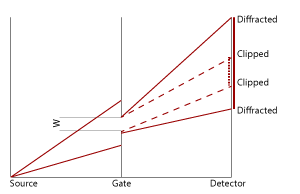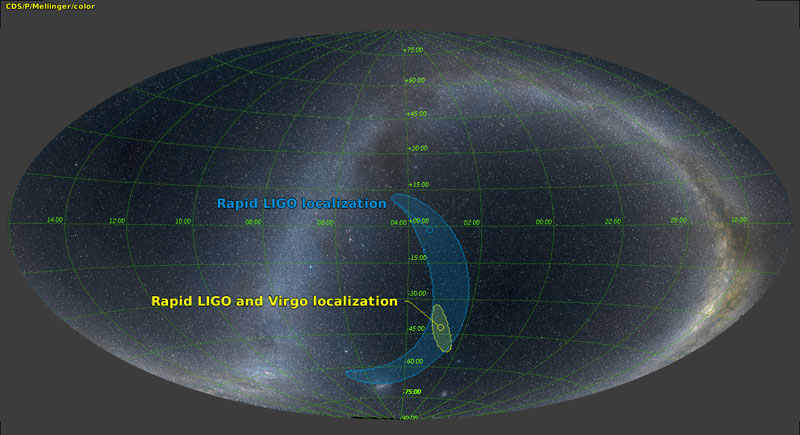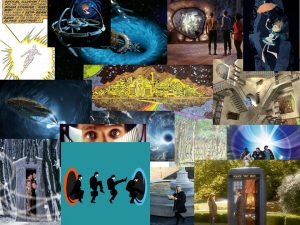Time Dispersion in Quantum Mechanics
I will be speaking at the 2018 meeting of the IARD — The International Association for Relativistic Dynamics this afternoon. Had a nice chat with the organizers & some early arrivals last night over coffee: my talk clearly a good fit to the conference.
The decisive test is what happens if you send a quantum wave function through a single slit in time, say a very fast camera shutter. If quantum mechanics does not apply (current generally accepted view), the wave function will be clipped — and the dispersion at a detector arbitrarily small. If quantum mechanics does apply (proposal here), the wave function will be diffracted — and the dispersion at a detector arbitrarily great.
I’ve uploaded the talk itself in several formats Time Dispersion in Quantum Mechanics – Keynote, Time Dispersion in Quantum Mechanics – Powerpoint, and Time Dispersion in Quantum Mechanics – PDF.
I’ve incorporated feedback from the IARD conference into the underlying paper Time Dispersion in Quantum Mechanics. I’ve submitted this to the IOP Conference Proceedings series & have also uploaded it to the physics archive. I hope it will be a useful contribution to the literature on time and quantum mechanics.
Your comments very welcome!


